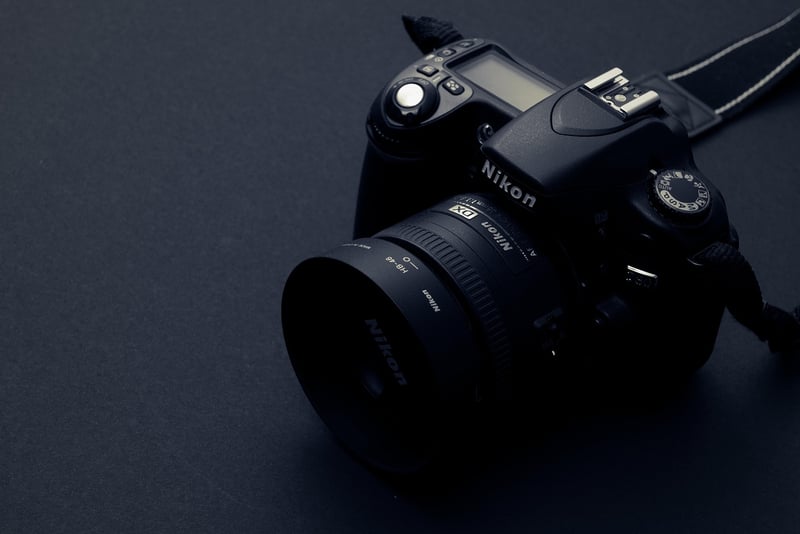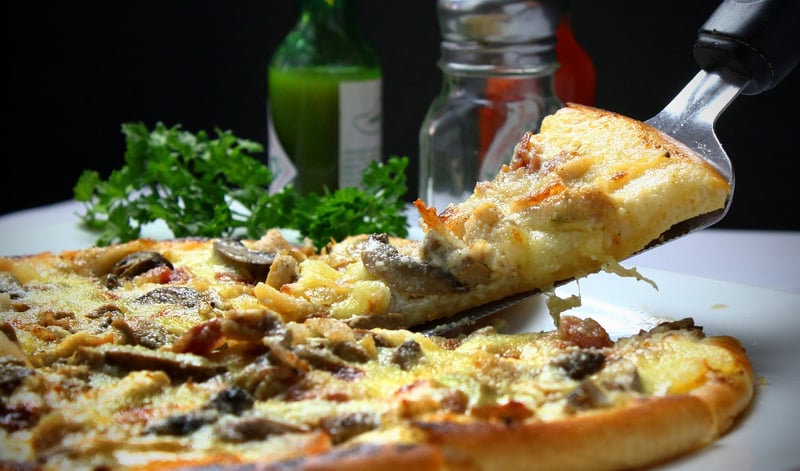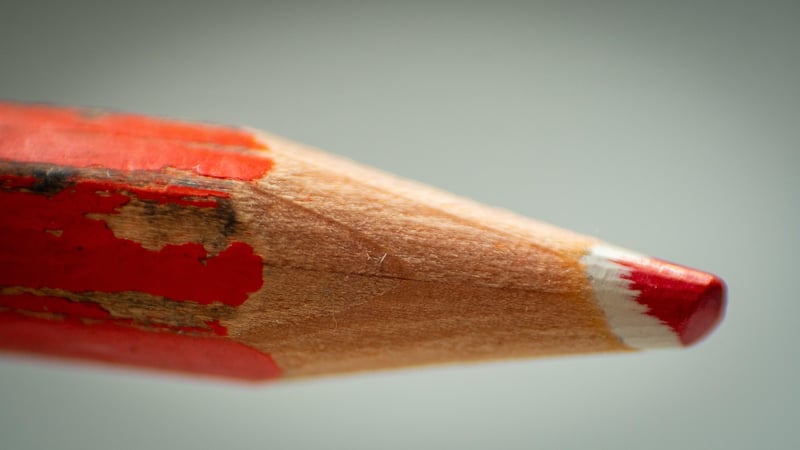Lighting Tips
Capture Culinary Moments: Lighting Tips for Food Photography
Food photography is an art form that allows you to showcase delicious dishes in a visually appealing way. One of the key elements in capturing stunning culinary moments is lighting. Proper lighting can make all the difference in how your food looks in photos. Here are some lighting tips to help you elevate your food photography game:
1. Natural Light is Your Best Friend
When possible, always opt for natural light when photographing food. Natural light provides a soft and flattering glow that enhances the colors and textures of your dishes. Position your food near a window or shoot outdoors to make the most of natural light.
2. Avoid Harsh Shadows
To prevent harsh shadows in your food photos, use diffused light sources. You can achieve this by placing a sheer curtain over the window or using a photography diffuser. Softening the light will create a more even and appealing look for your dishes.
3. Use Reflectors
Reflectors are handy tools for bouncing light back onto your food and filling in shadows. You can use professional reflectors or simple DIY options like white foam boards or aluminum foil to redirect light and add brightness to your photos.
4. Experiment with Angles
Try shooting your food from different angles to find the most flattering perspective. Play around with overhead shots, 45-degree angles, or close-ups to highlight different aspects of your dish. Don't be afraid to get creative!
5. Consider Artificial Lighting
If natural light is limited, you can explore artificial lighting options such as softboxes or LED panels. Be mindful of color temperature and avoid using harsh, direct flashes that can wash out your food. Experiment with different artificial lighting setups to find what works best for your style.
6. Practice and Patience
Like any skill, food photography takes practice and patience. Take the time to experiment with lighting techniques, composition, and styling to develop your own unique aesthetic. Don't be discouraged by initial challenges – keep practicing and refining your craft.
Conclusion
Mastering lighting in food photography can truly elevate your culinary captures. By harnessing the power of light, you can create mouthwatering images that entice viewers and showcase the beauty of your dishes. Remember to embrace natural light, soften shadows, use reflectors, explore angles, consider artificial lighting when needed, and above all, practice consistently to hone your skills.
Start implementing these lighting tips in your food photography sessions and watch your culinary moments come to life through the lens!



Images from Pixabay: pixabay.com
